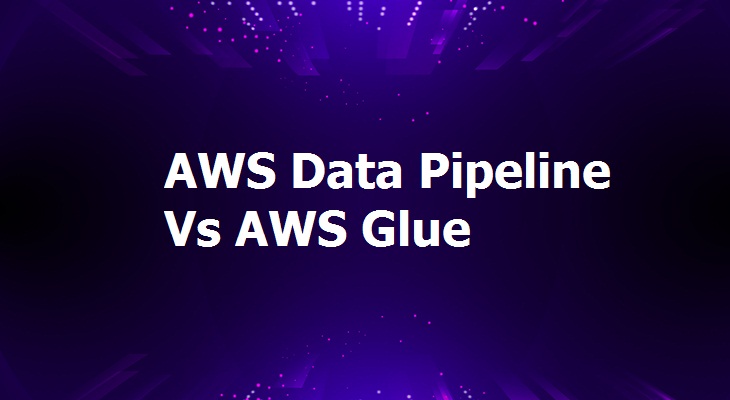Introduction
Telematics and the Internet of Things collect streamlined data across entire fleets. IoT sensors can be seamlessly integrated into a fleet management platform. It would then mine and sort relevant data more quickly and efficiently. This also gives you near-real-time visibility into key metrics like fuel consumption, engine status, vehicle location, driver behavior, and vehicle maintenance history, etc.
Telematics
Telematics is a method of tracking vehicles and other assets using GPS technology. It uses onboard diagnostics to create a computerized map of their movements. Telematics is also known as fleet tracking or GPS vehicle tracking. It has become a necessary tool for many commercial and government fleets.
The vehicle's telematics device retrieves data such as GPS position, speed, engine information, etc.
A built-in accelerometer in the device measures G-force. The data is then sent to the cloud by the telematics device.
A telematics device & connected hardware/sensors process and analyze a large amount of data.
For reporting and analysis, the data is decoded and imported into the fleet management software app. Users can also view and export reports. It helps them gain business intelligence with the software. It can also create reports such as the top 10 drivers with the most speeding incidents or vehicles that are due for scheduled maintenance.
Data analytics and machine learning can help you make more sense of your telematics data. For example, fleets can use benchmarking to see how their fleet compares to other similar fleets in safety or to see if their routes are well-structured.
Advantages of Telematics
Telematics is a concept that has been around for a long time in the automotive industry. It had been around since 1996. But, due to high infrastructure setup costs and a lack of consumer demand, it remained an untapped technology at the time. Now, the growing popularity of vehicle connectivity has breathed new life into telematics.
The following are some of the key advantages of telematics implementation:





